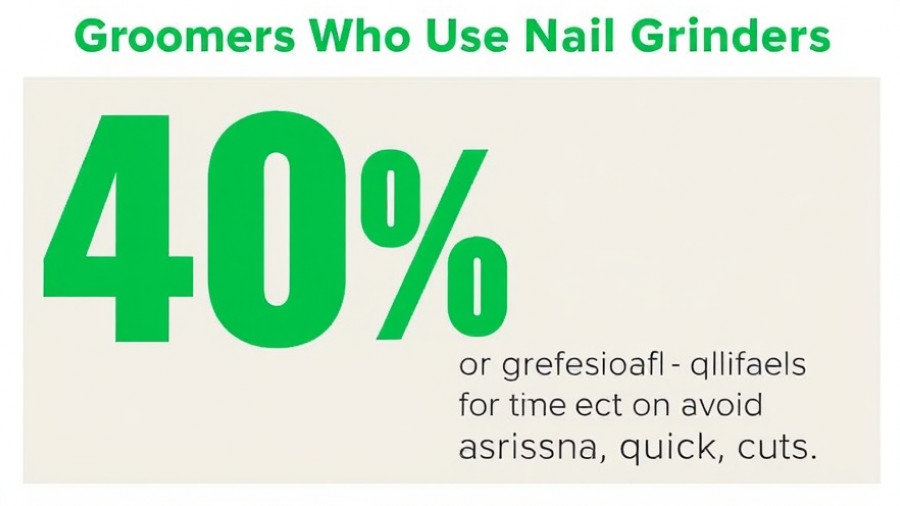
Understanding the Importance of Dog Bite Prevention
Dog bites represent not only a significant concern for public safety but also an alarming reality that many pet owners face. With millions of dogs living among us, understanding how to prevent these incidents is crucial. Education is the cornerstone of dog bite prevention, enabling both pet owners and the general public to recognize the signs of discomfort in dogs and to promote safe interactions.
Decoding Canine Body Language
One of the most effective tools in preventing dog bites is learning to read canine body language. Dogs primarily communicate through non-verbal cues, and understanding these signals can help avoid potentially dangerous situations. Did you know that stress signals such as lip licking, yawning, or head turning away can indicate an uncomfortable dog? Recognizing these signs allows us to give our dogs the space they need and to avoid forcing interactions that may lead to fear or aggression.
The Tail Tells the Tale
A dog’s tail can communicate a lot about its emotional state, but not all wagging tails are friendly. A high, fast wag may indicate excitement, while a low, stiff wag might suggest a dog is uncomfortable or aggressive. Understanding these nuances is critical, especially for families with children who may unwittingly ignore these signals.
Reading Ear Positions for Better Safety
Dog ears are another important indicator of how a dog is feeling. Ears pulled back often represent fear or submission, while pricked ears typically signify alertness or interest. Learning to interpret these ear positions can help pet owners and those interacting with dogs assess their emotional state more accurately and respond appropriately.
Moods Reflected in Facial Expressions
A dog’s face can reveal a vast emotional landscape. A relaxed mouth usually suggests a happy dog, while a tightly closed mouth may indicate tension or distress. Paying attention to a dog's facial cues, such as the presence of raised hackles, allows for better understanding and anticipation of potential aggressive reactions.
Understanding Overall Body Posture
The overall posture of a dog provides critical insights into their emotional wellbeing. A loose, wiggly dog is generally at ease, while a stiff dog may be exhibiting signs of fear or aggression. Pets often react unpredictably; thus, being observant of their total body language can mitigate risks associated with dog bites, especially in high-energy situations like playtime or interactions with strangers.
Creating Safe Environments for Dogs and Humans
As communities progress towards larger populations and increased interactions with dogs, fostering an understanding of dog behavior is essential. Ensuring that children learn the appropriate way to approach and engage with dogs is paramount. By instilling knowledge about canine body language, we can engineer safer environments where both pets and humans thrive.
Moving Forward: Taking Action
In conclusion, being proactive about preventing dog bites involves a commitment to understanding canine communication and behavior. Parents and pet owners should take it upon themselves to educate their families and communities. Through awareness and education, we can cultivate better relationships with our canine companions and reduce the risks of dog bites significantly.
For those who own dogs or are considering bringing a dog into their family, we encourage you to learn more about dog training programs and community resources that focus on responsible pet ownership. Together, we can create a more harmonious coexistence between mankind and our beloved canine friends.
 Add Row
Add Row  Add
Add 




Write A Comment